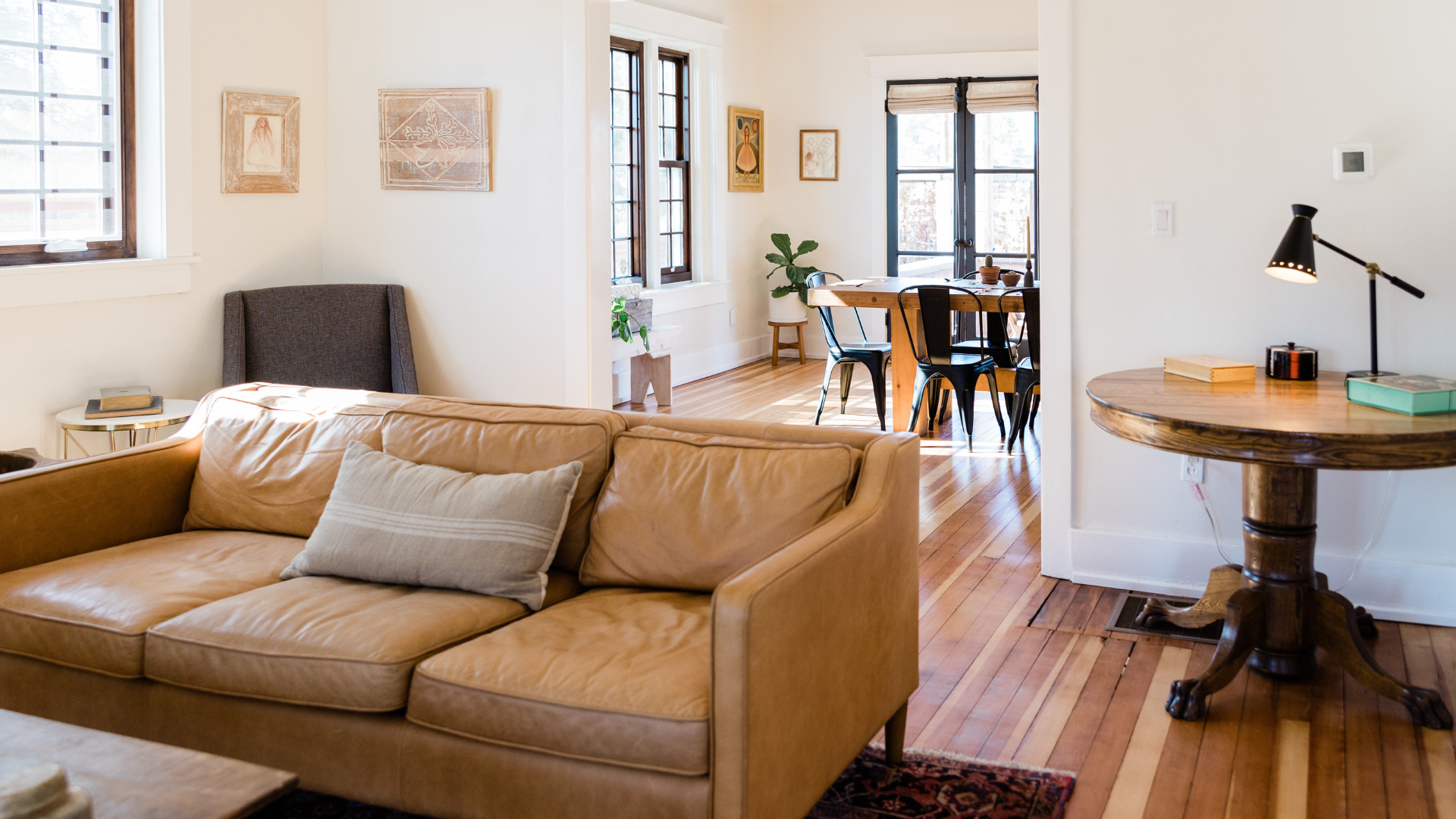If you’re looking for a way to improve the security of your home without spending a lot of money, consider installing a DIY security system. These systems can be just as effective as their more expensive counterparts, and they often come with additional features that can save you money in the long run. In this article, we’ll explore some of the best at-home security systems on the market and explain why they’re worth considering for your home. So if you’re interested in improving your home’s security, read on!
Add Security To Your Home By Following These DIY Steps
Step 1: Choosing a System
When it comes to securing your home, there are a lot of options to choose from. You could hire a professional security company to install an expensive surveillance system, or you could take a more DIY approach and install your own security system. If you’re looking to save money and add an extra layer of security to your home, a DIY security system is a great option.
There are a few things to keep in mind when choosing a DIY security system. First, decide what type of system you want. There are wired and wireless options available, and each has its own set of pros and cons.
Benefits of Wired Systems
While wireless systems are becoming more popular, wired systems still offer several advantages:
- Wired systems are less likely to experience interference from things like WiFi signals or cell phone towers. This means that you can count on your system to work when you need it most.
- Wired systems are difficult for burglars to disable, as they would need to cut through several wires in order to disable the system.
- Most insurance companies offer discounts on homeowners insurance for homes with hardwired security systems, so a DIY system can actually save you money in the long run.
Benefits of Wireless Systems
Wireless Systems offer several advantages over traditional wired systems, including ease of installation, flexibility, and portability. Wireless systems also tend to be more affordable than their wired counterparts.
- Wireless security systems are easy to install and can be expanded to cover additional safety needs as your family grows.
- Because they don’t require any wiring, they’re also much less likely to be compromised by a determined burglar.
- Most wireless systems come with sensors that can be placed around doors and windows and motion detectors that will sound an alarm if someone enters your home after hours.
- You can also add cameras to your system, allowing you to monitor your home even when you’re away.
Step 2: Finding The System That’s Right For You
Once you’ve decided on the type of system you want, it’s time to start shopping around. There are a lot of different security companies out there, so it’s important to do your research and find one that offers the features you want at a price you’re comfortable with. Remember, the best security system is the one that’s right for you, so don’t be afraid to ask questions until you find the perfect fit. Click here to contact APS for a free quote.
Best At Home Security Systems
We offer 2 packages: DIY Basic Package and DIY Premium Package, or you can customize a package to meet your needs. Make sure to check out what each package includes as well as the add-ons available. Click here to see package options.
Step 3: Learn What The Company Has To Offer
Take the time to read online reviews of different security companies and their products before making your final decision. This will help you get a better idea of what other customers have experienced with the company and its products. Click here to take a look at what our customers have to say.
Step 4: Installation Time
Once you’ve found a security system you’re happy with, it’s time to install it. Most DIY security systems are relatively easy to install, but it’s always best to follow the instructions that come with your particular system.
Once you’ve familiarized yourself with the instructions, the actual installation process is usually relatively straightforward. In most cases, you’ll simply need to mount the cameras and sensors in the appropriate locations and then connect them to the control panel. Once everything is up and running, you can begin using your security system.
Step 5: Find Peace Of Mind Knowing Your Family Is Protected
After your system is installed, be sure to test it out to make sure everything is working properly. It’s also a good idea to keep an eye on things for the first few days to make sure there are no issues.
Recap: Is A DIY Security System Right For You?
If you’re looking for a way to improve the security of your home, a DIY security system is a great option. These systems can be just as effective as their more expensive counterparts, and they often come with additional features that can save you money in the long run.


 CONTACT US
CONTACT US